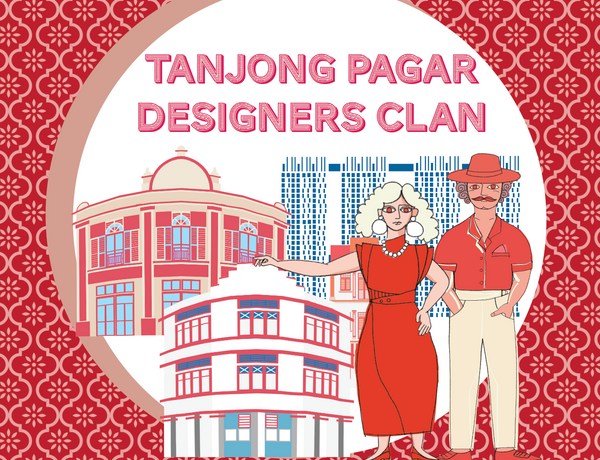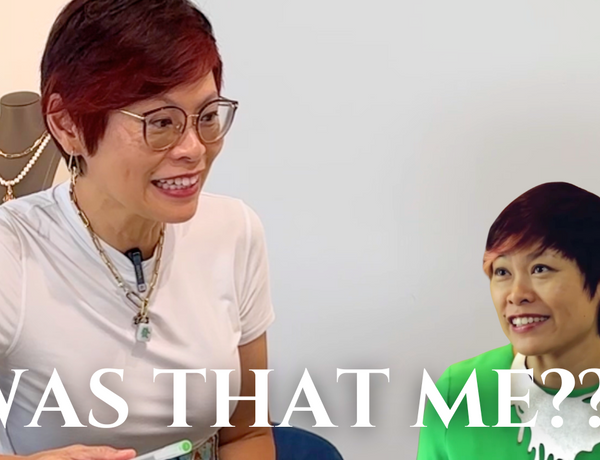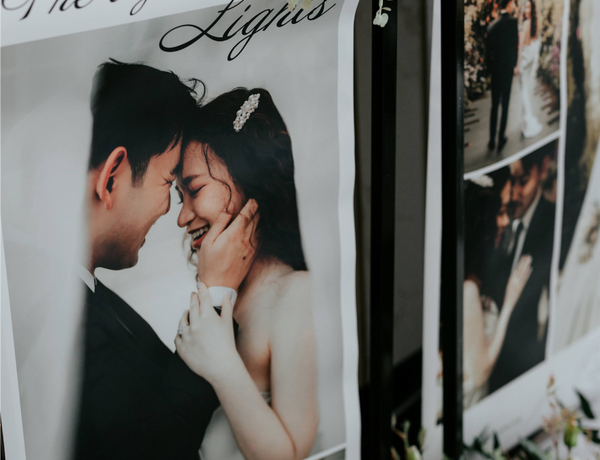Jewellery & Culture
The tradition of exchanging jewellery as a symbol of love and commitment can be traced back to ancient times, and is prevalent in many cultures around the world. In Singapore, there are some fascinating wedding jewellery traditions observed by Chinese, Malay, Indian and Western cultures. The exchange of wedding rings between the bride and groom is perhaps the most well-known and common of all, dating back to ancient Egypt as a promise of eternal love and commitment.

Chinese Culture ≪四点金≫
In Chinese weddings. the bride is traditionally gifted a set of jewellery called si dian jin. It symbolises a mother-in-law's welcome. "You are family now" is the message to the new daughter-in-law. A Si Dian Jin, set consists of four pieces of gold jewellery: a necklace, a pair of earrings, bracelet and a ring. These carry the wish of four blessings - happiness, prosperity, health and longevity.
Malay Culture
A bride of Malay weddings wear various gold jewellery, including a headdress called the Tanjak, which has gold threading and jewels.The Cincin Belah Rotan, a gold band is exchanged during engagement, with additional gold pieces gifted by loved ones as gold symbolises beauty, purity, and nobility in Malay weddings. Gold collectibles are suitable for grooms, as Malay Muslim men don’t traditionally wear gold.

Credits: The gorgeous Priyanka Chopra
Indian Culture
Jewellery clearly plays a significant role in an Indian wedding.It is not unusual for the bride to be lavishly adorned in necklaces, earrings, and a maang tikka, which is a decorative hair ornament. A feast of gold and precious stones represent wealth and prosperity. During the wedding ceremony, the groom puts a mangalsutra — a black bead necklace — on his bride as a loving gesture of their union.

Western Culture
"Something old, something new. something borrowed. something blue." It is customary in some Western cultures for a bride to receive four such symbolic objects, usually in the form of jewellery. The age old tradition is a Victorian superstition believed to bring good luck, and symbolises connections to a woman's past. present and future."Something blue" is a vow of loyalty and faithfulness as the colour blue is historically associated with purity and trustworthiness. This charming tradition remains popular among modern brides.
Carrie K. invites you to explore our jewellery pieces that symbolise love and commitment. Our unique designs reflect a deep appreciation for cultural heritage and personal stories.
Create Lasting Memories with Carrie K.





